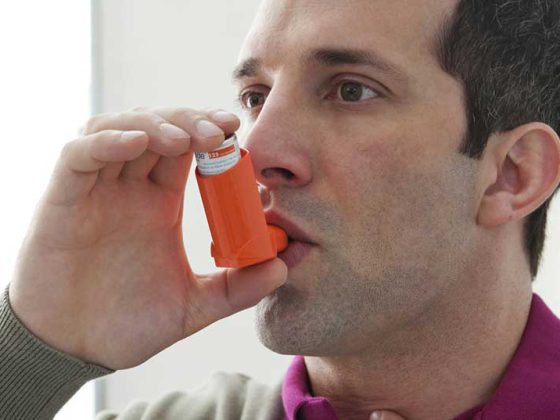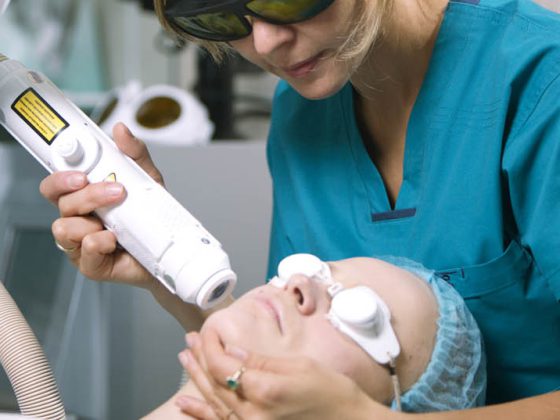Childhood sunburns are dangerous. The failures of the early phase of life cannot be undone later. Still, it’s never too late to start protecting yourself from the sun.
A large female cohort from Norway, totaling 102,397 women between 1991 and 1997 and an additional 70,081 between 2003 and 2006, served as the basis for an overall 25-year follow-up. The age of participation ranged from 34 to 70 years. A questionnaire was sent out at regular intervals. In this study, the average number of sunburns per year during childhood was recorded retrospectively at the beginning, and the further development was recorded prospectively in the course of time. Any melanoma diagnosis was also part of the follow-up (the study was linked to a cancer registry). Five patterns could be derived based on the number of annual sunburns at ages 0-9, 10-19, 20-29, and 30-39 years:
- Group 1: no sunburns (19,500)
- Group 2: some sunburns in childhood and adolescence, then increase in young adulthood (31,784)
- Group 3: about one sunburn per year in childhood and adolescence, then decrease or no sunburns in adulthood (21,399)
- Group 4: always about one sunburn per year (49,322)
- Group 5: always about two to three sunburns per year (5875).
In a multivariable model controlling for age, birth cohort, hair color, place of residence, sun exposure, and follow-up time, a clear trend was found across the five groups: incidence risk increased steadily compared with reference group 1. Group 2 already had a 40% increased risk of melanoma, and group 3 had a 73% increased risk. For groups 4 and 5, the risk increased more than twofold.
The results highlight the relevance of childhood sunburns to melanoma development. The fact that group 3 again increased its risk compared to group 2, although both had probably suffered about the same number of sunburns over their lifetime, supports the hypothesis of a special susceptibility to sun-induced skin damage in childhood. This is not new. Moreover, the retrospective recording of sunburns always contains an uncertainty factor: Does an adult really remember his childhood sufficiently reliably to be able to make statements about the average sunburn frequency per year? Probably not, the parents would certainly be a more adequate source of information.
More exciting than the renewed evidence of this age group’s susceptibility to UV damage, therefore, appears to be another result of the study that only becomes apparent on closer inspection: the difference between groups 3 and 4. Both had about the same number of sunburns in childhood. This risk can no longer be offset. Apparently, however, it is never too late to start sun protection – because if the sunburn frequency decreases again in old age, you end up being better off in terms of risk than people who continue as they did in their childhood and youth.
Women: Prognosis better, but is this true at all stages?
Women with melanoma have the better survival prognosis, that is well known. But does this really apply to all stages of the disease and over the entire lifetime? And what happens when you add other prognostic variables to the equation? A new study from the USA investigated these questions. The basis was, as so often, the well-known SEER (Surveillance, Epidemiology, and End Results) database from 2010 to 2014. Over 16,000 patients with cutaneous melanoma were identified, of which approximately 9000 were stage II, 5000 were stage III, and 3000 were stage IV, with a median age of 64 years.
While there was a significant difference in 5-year cancer-specific survival between women and men of any age only at stage IV, women younger than 45 years were superior to men of the same age at stages II and III as well. However, this was no longer true in the years that followed. When younger women were compared with older men, prognosis was better across all stages. In multivariable analysis, female sex was responsible for approximately 20% mortality risk reduction independent of other factors.

Women thus survive longer than men, even in the era of modern melanoma therapies. The biggest difference in melanoma survival, according to the study, is between women younger than 45 and men at least 60. Different ways of dealing with one’s own health and risks cannot be responsible for the gender difference alone. It is important to gather more information on the subject, the study authors said, because it could provide information on possible host-tumor mechanisms responsible for biological aggressiveness and therapy response, for example.
Tailored prevention
A randomized controlled trial from Australian primary care practices also provided discussion material at the congress. 272 patients across all age groups, majority women, completed a web-based questionnaire in the waiting room prior to their appointment that calculated individual melanoma risk via various self-reports of known risk factors. Participants were then randomly divided into two groups: One received personalized prevention materials based on their personal risk, and the other received generically produced materials. The personal information material provided, among other things, tailored information on estimated lifetime risk (via 100-person pictogram), relative risk, and risk category.
And indeed, after six weeks of follow-up, there were (albeit small) positive effects. Sun exposure, sun protection, and early detection measures were again queried as endpoints and compared with baseline. Data from 174 average-risk and 11 high-risk individuals were analyzed. Although there were no differences in the above endpoints across all groups. However, when only the group with average melanoma risk was considered, statistically relevant improvements were found in sun protection behavior (p=0.04) and sunglass use (p=0.05). The web-based program was found to be easily accessible by the vast majority of the intervention group, and the individualized material issued was found to be well understood and useful.
The study falls short in several respects: First, the observation period of six weeks is very manageable and can hardly be used as an indicator for sustainable prevention. Only in Australia with consistently high UV exposure can such a short study period even provide sufficient opportunities for sun exposure (and appropriate sun protection). Second, the effect sizes were small, although significant: on a scale of 1 to 5, sun protection behavior changed by 0.23 and sunglass use changed by 0.43.
Nevertheless, the approach seems to make sense: personalized prevention can be created and communicated easily and cost-effectively. This is well accepted by the target group. Prevention campaigns at the societal level, e.g. in public spaces, are easily lost in the general flood of information or lack personal relevance.
Source: 9th Melanoma World Congress, October 18-21, 2017, Brisbane.
InFo ONCOLOGY & HEMATOLOGY 2017; 5(6): 31-32.











